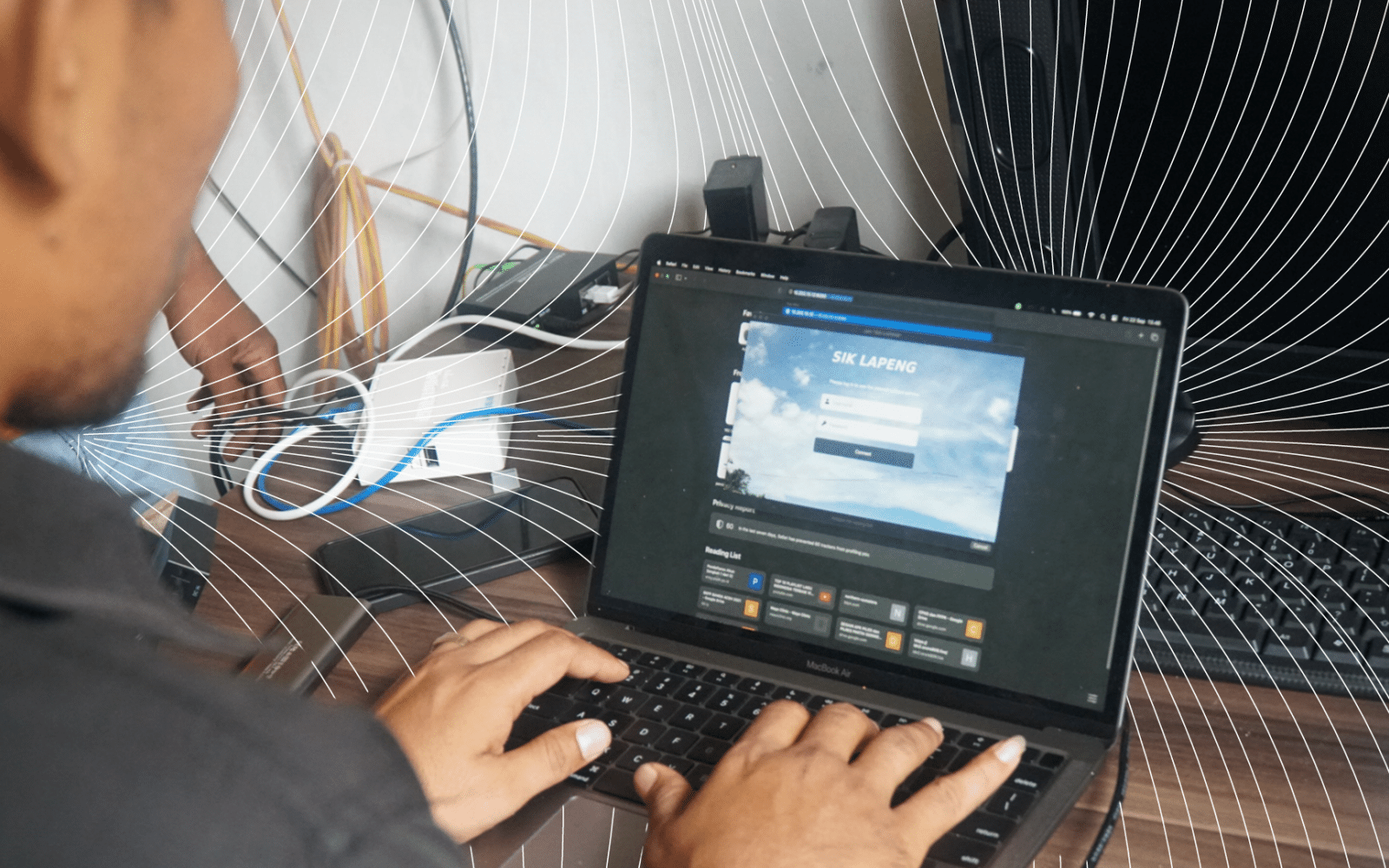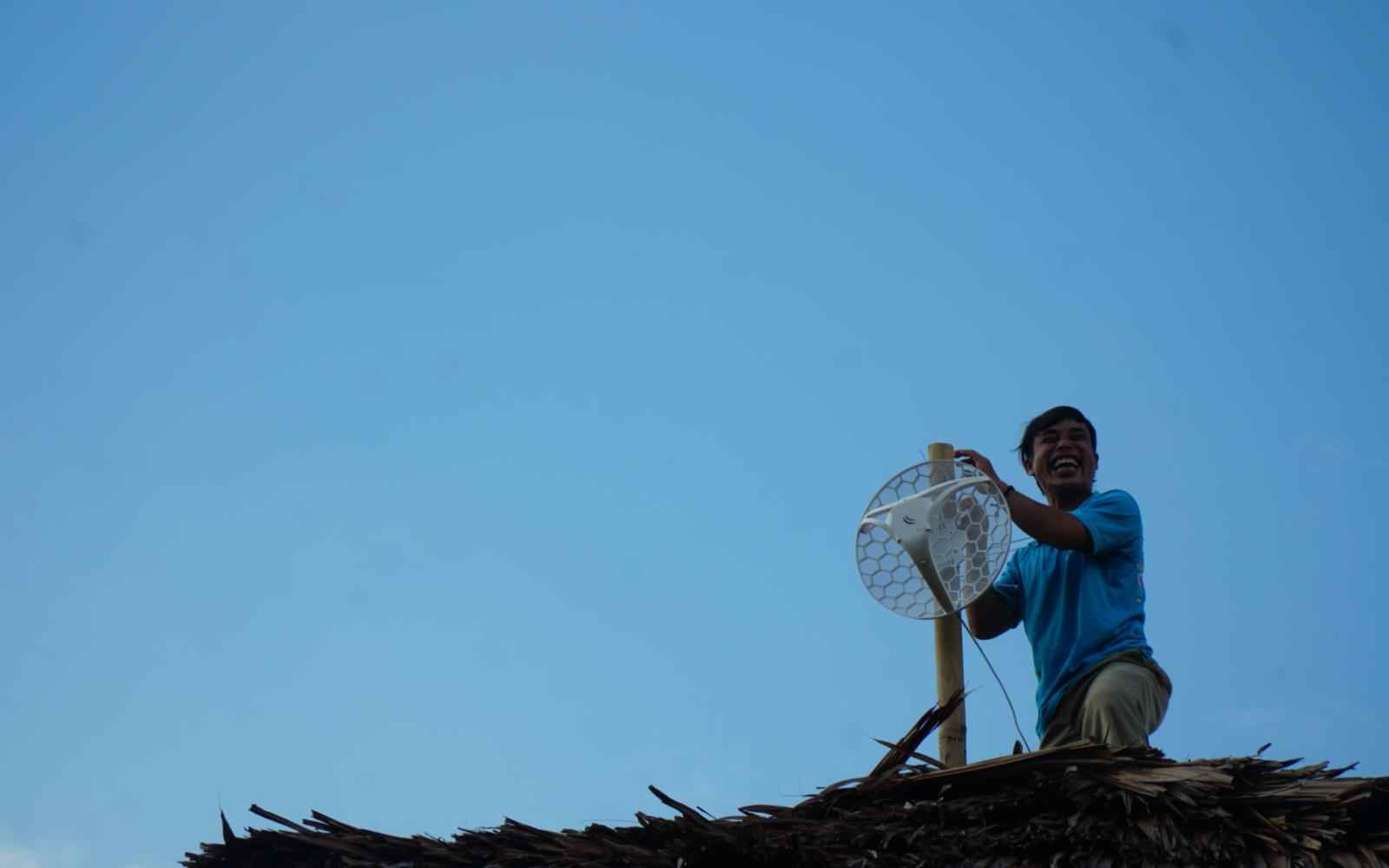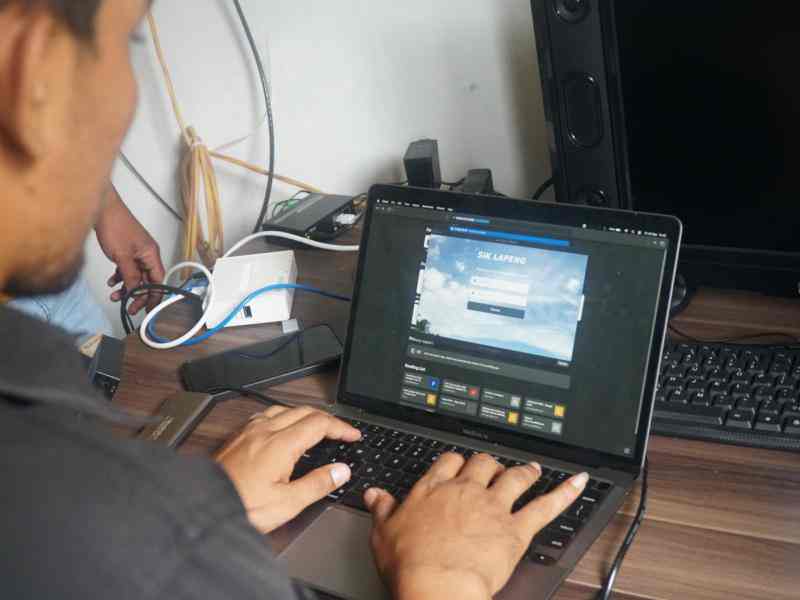Cultural Connectivity: Using the Internet to Bridge Indonesia's Indigenous Communities
How can we bridge the digital gap in a nation of thousands of islands and diverse cultures? Meet Gustaff Iskandar, an Ashoka Fellow from Indonesia who’s doing just that, one community at a time.



